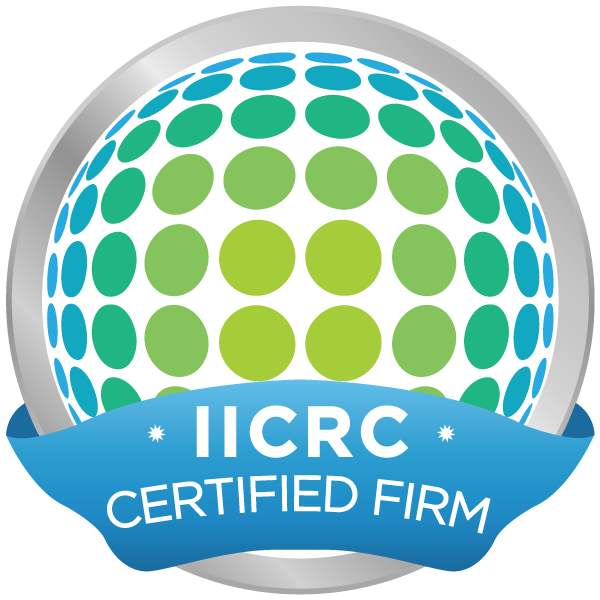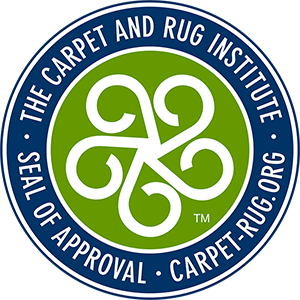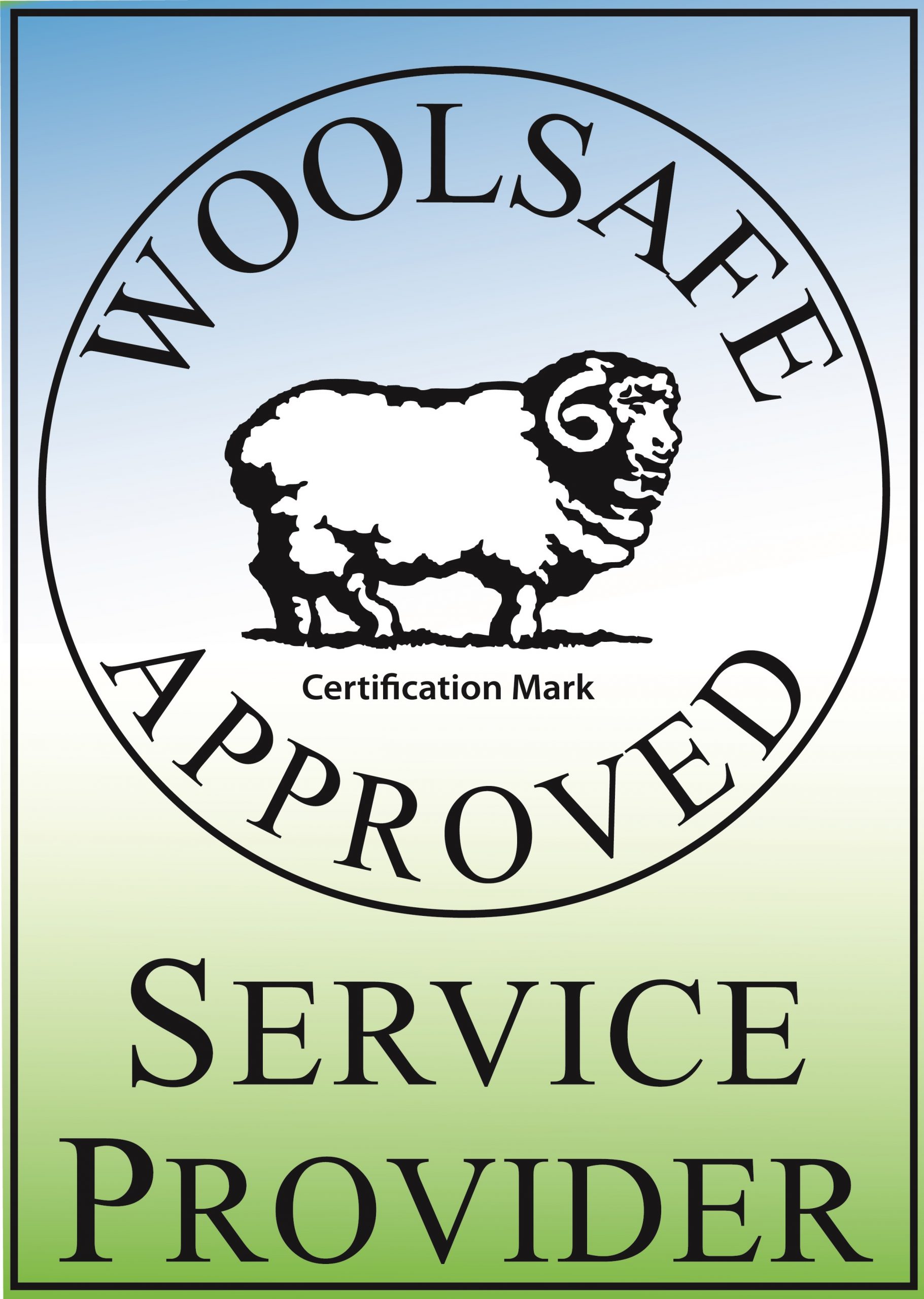What To Look For When Purchasing An Oriental Rug in SW Florida
It is true: beauty IS in the eye of the beholder. However, that doesn’t mean all Oriental rugs are created equal, right? For example, no one would claim that a hand-knotted wool Shiraz area rug made in Iran that took over 14 months to make and one done created by machine by a major area rug manufacturer in a couple hours are of equal value.
In evaluating the quality and value of an “Oriental” rug, there are criteria to consider that go far beyond the personal opinion of a salesperson or what you’ve read on how to determine the value of a particular rug. There are basic criteria by which all rugs can be compared and contrasted, and conclusions drawn concerning their quality and value.
When thinking about purchasing an Oriental area rug, whether it is made by hand or machine, this list will help you to evaluate the 1000s of pieces available in the marketplace today.
1: Weaving Technique
There are three main classes of “oriental” rugs sold in the US: machine-made rugs, hand-tufted rugs, and hand-woven/hand-knotted rugs. In rugs, this classification is everything.
Machine-made rugs, even nicer brands such as Karastan are simply that: machine made. They can be very pretty and quite functional, but they are not rightly comparable to a hand-made rug of any variety, and like most mass-produced home furnishings, are not generally considered to be works of art. You can tell a machine-made rug by examining the fringe. If it is sewn onto the rug, the piece is machine-made.
Hand-tufted rugs are very deceptively named. A tufted rug is in no way a hand-made rug. Rather, a mechanized “gun” is used (albeit by a person) to shoot pieces of wool through a canvas backing which has a pattern sketched onto it. No knot is tied in the wool; rather a petroleum-based rubber backing is painted over the back of the rug to keep the unsecured strands of yarn from falling out.
A tufted rug is easy to spot because of the “backing” on the rug. No hand-made rug will have any sort of backing on it, rubber or otherwise.
The designations “hand-woven” and “handmade” are reserved for rugs that are made entirely by hand. In both types of rugs, a set of vertical strings, or “warp” is attached to a loom. Then wool is either woven through the warp strings or hand-knotted onto the warp strings, to form the “weft” of the rug. At no point are machines used. One way to tell a handmade rug from its machine-made counterpart is to examine the fringes along the edge of the rug. In a handmade rug, the “fringe” is actually the warp strings and is an integral part of the rug, rather than an applied ornamentation. But not all handmade or hand-woven rugs are created equal, either! For more information on how to detect quality in handmade rugs, please see below.
2: Quality of Materials
In rugs, like in most things, one must start with high-quality materials to end up with a high-quality product. In rugs, this means first-grade, unadulterated wools or silks, hand-spun if you can find it. In simple terms, the better the wool or silk, the better the rug.
How can one recognize good wool? It should have a certain luster or sheen, but it should not shine, per se. It is commonplace in today’s world to see poor quality wools blended with petroleum-based artificial materials to approximate the sheen of good quality wool. This is to be avoided at all cost, as bad wools will become brittle and fall apart, and petroleum-based materials (besides being ecologically-unfriendly) can sometimes take on an odd smell over time, especially if laid on a heated flooring surface.
In general, the best quality wools are also hand-spun. This is easily detected in flat-weave rugs due to a “knobby” texture to the weaving but is harder to recognize in hand-knotted
The makeup of “silk” rugs is actually much easier to test. One simply needs to pull a tiny strand of silk from the rug, and burn it. If it shrivels and smells like burnt hair, it’s silk. Any other reaction means the rug is made of some other substance, most likely mercerized cotton. Silk rugs, unlike their wool counterparts, should be extremely shiny when looking down the nap. High shine means a better chance you are seeing actual silk, as opposed to some other blend of materials. NOTE: Some rug dealers will use the term “art silk” when referring to certain pieces. Please be aware: “art” is short for “artificial,” and is not an indicator of superior quality- in fact, quite the opposite.
3: Dyeing Materials
There are three main classifications of wools used in rug production: Chemically-dyed, Vegetal-dyed, and Natural (or no-dye) wools.
No question about it, natural or vegetal-dyed wools are preferred over wools dyed with chemical substances. The reasons for this are myriad, but the biggest one is this: vegetable-dyed wools are simply more aesthetically pleasing (and therefore more valuable) than their chemical counterparts. However, less than 20% of the rugs made in the world today (and less than 5% of kilims) actually use vegetal dyes. Why? Plant-based dyes are much more difficult to work with and require a skill level that takes many years to acquire. Thus, vegetal-dye pieces are far costlier than their chemically-dyed counterparts. (Note: Some rug dealers will try to tell you that every rug they sell is vegetal-dyed. Please tread with extreme caution if you hear these words, as this is, in virtually every instance, a misstatement of the facts. Some folks will say this to justify very high prices, but the reality is, very few rugs are actually vegetal dyes. This is especially true if the dealer is selling older pieces, as the art of vegetal dying was nearly lost in the last hundred years or so, and has only recently made a “comeback.”)
4: Knot-count or Knots Per Square Inch (KPI)
The easiest but the most deceptive of the rug quality indicators is the concept of KPI, or “knots per square inch.” KPI is calculated by selecting a one-inch area of a rug, and counting the number of knots extending in each direction. Rugs are often classified according to knot-count as ranging from “coarse” to “superfine.” This is a helpful measurement in terms of evaluating the work that went into creating the pile on a rug. Please be aware, however, that this is but one of many criteria that are used to “grade” a rug, and therefore KPI must be used with due caution. It is easy to get so caught up in counting the knots on the back of the rug, that one forgets to examine the quality of the rug in general, and the knots in particular. An “art silk” rug might have 10 times the number of knots present in a simple nomadic piece of similar size, but the first has no value whatsoever, and the second could be worth many thousands of dollars.
5: Length of Pile
With a few notable exceptions, the longer the pile on the rug, the worse the quality of weaving in the piece. This is true for two reasons: a longer pile renders complex designs “fuzzy” or “muddy.” (see images, below) long pile is also detrimental to a rug’s durability, in that long pile will “crush” over time, and is more susceptible to developing wear patterns. So, then why would a weaver leave pile long, knowing these two things? One reason: to hide poor technical skill in the actual weaving of the rug.
6: Weaving quality indicators
Symmetry in size
Is the rug symmetrical? Or is one side markedly longer than the other? While slight variations in symmetry are to be expected, large variations in size indicate the work of a novice weaver.
Symmetry in image
Compare the back of the rug to the front. Does it look the same? Or are the colors or the patterns difficult to discern from the back? A good weaver’s “picture” will remain the same, and in the work of a truly gifted weaver, there will be so little difference one could even flip a knotted rug over for use!
Symmetry in knot construction
Does the back of the rug feel smooth to the touch? Or can you feel small bumps when you rub your hand over the back? Are the fringe ends of the rug smooth, or do they pucker? Is the surface visually smooth? Or can you see numerous visible breaks in the base structure of the rug? A good weaver’s knots will be smooth, with few bumps, bulges or puckers. Does the edge of the rug generally lie flat when placed on the ground, or do the edges roll under or up? Good quality weaving should lay flat, without rolling or curling along the edges.
7: Design and Motif Considerations
Rug designs are as varied as the people who create them. And while it is true generally that more complex designs are harder to execute and therefore are more valuable overall, there are no “preferred” designs that are conclusively more valuable than others.
Rugs and textiles, like most other art forms, are subject to the likes and dislikes of their purchasers, which are in turn subject to the trends of the times, as well as economic conditions that have nothing at all to do with quality. For example, 20 years ago, even a mediocre-quality Persian piece made in Iran was considered to be very valuable. Why? There was an embargo on the importation of Persian rugs into the US. This meant that there was a very limited supply of pieces to be had. In practical terms, that might mean that a rug that was (hypothetically) valued at $800 before the embargo might have been valued at $5000 a few years later. Unfortunately, when the embargo went away, so did the artificially-inflated value of the rug, leaving many owners feeling their rug had somehow become less valuable. The reality was, the piece didn’t increase in value because it was well-made, but only because it was scarce. The same is true as to the effect of decorating trends in rugs. O
A couple of years ago, Kazak rugs are all the rage. The next year, Heriz pieces are the cats meow, and no one wants their Kazak pieces anymore. In short, be aware that there can be many reasons other than intrinsic quality inflating the value of a rug. If a long-term investment is important to you, it is better to buy based on quality and your personal preferences than on market or design trends.
8: Age
One of the best things about buying one-of-a-kind, handmade rugs or kilims is that age is likely to help them retain and sometimes even increase their value over time, something that is untrue of almost any other form of home furnishing. That means even a simple and quirky village rug will probably retain its value, and can likely be re-sold for its purchase price and sometimes considerably more, once a few decades have passed. Try that with your couch! Age will not, however, make up for deficits in any of the attributes of a well-made rug discussed above. In other words, a poor quality rug that is 150 years old is still a poor quality rug. If you want a rug that will hold its value, you must seek out a good quality piece at the start of your investment.
Oriental Rug Salon is a full-service Oriental, wool and silk area rug cleaning and repair company serving all of Lee, Charlotte and Collier County Fl. We are a Certified Partner with the prestigious Institute of Inspection, Cleaning and Restoration Certification (IICRC) and the Carpet & Rug Institute (CRI).
Oriental Rug Salon is A+ rated by the Better Business Bureau and Angie’s List and we are a five year in a row Super Service Award as voted on by members of Angie’s List.
For more information about Oriental Rug Salon please visit us online at www.OrientalRugSalon.com or call us anytime at 239-424-8171.
Please LIKE US on Facebook to receive tips and money-saving coupons on cleaning services and repairs. Our Facebook address is: https://www.facebook.com/OrientalRugSalon/
———————————————
Oriental Rug Services Offered: Oriental Rug Cleaning | Wool Area Rug Cleaning | Silk Area Rug Cleaning | Fringe Repair | Oriental Rug Repairs
Oriental Rug Cleaning Service Area: Cape Coral | Naples | Fort Myers | Bonita Springs | Estero | Punta Gorda | Port Charlotte | North Fort Myers | Sanibel | Fort Myers Beach | Alva | Buckingham | Pine Island | St. James City | Captiva | Useppa | Lehigh Acres

Fuzzy appearance – Sub-standard quality

Clear, Clean Appearance – High-Quality Weaving



